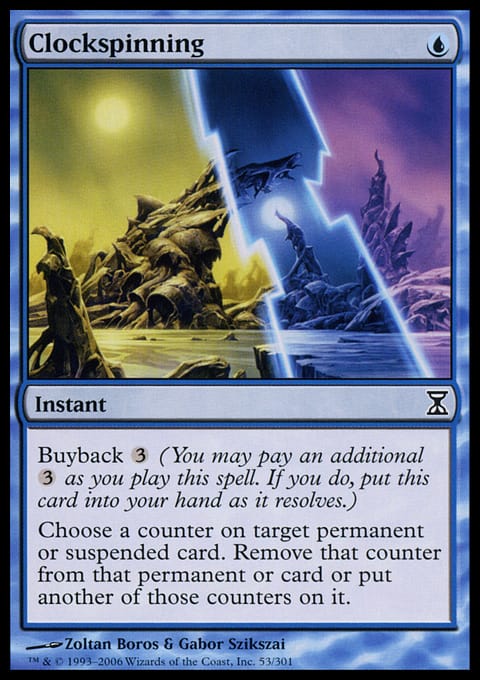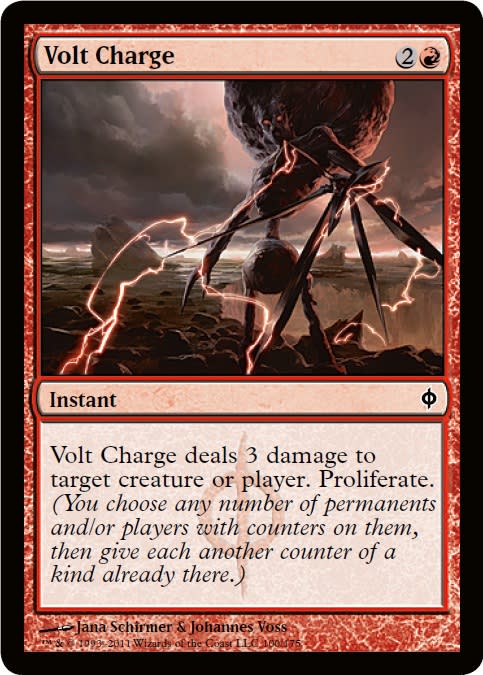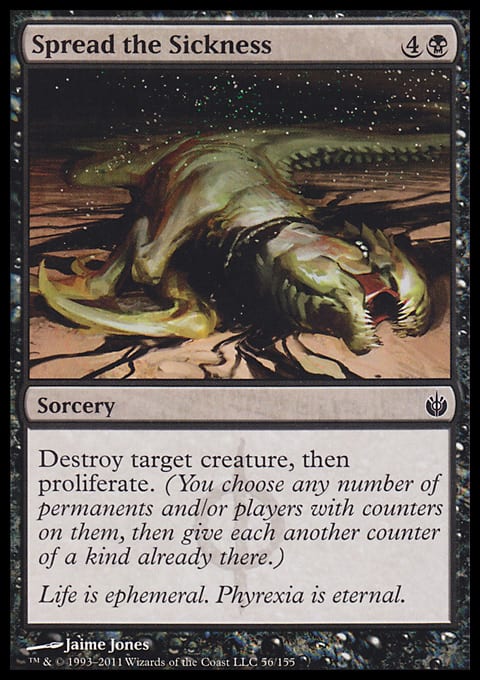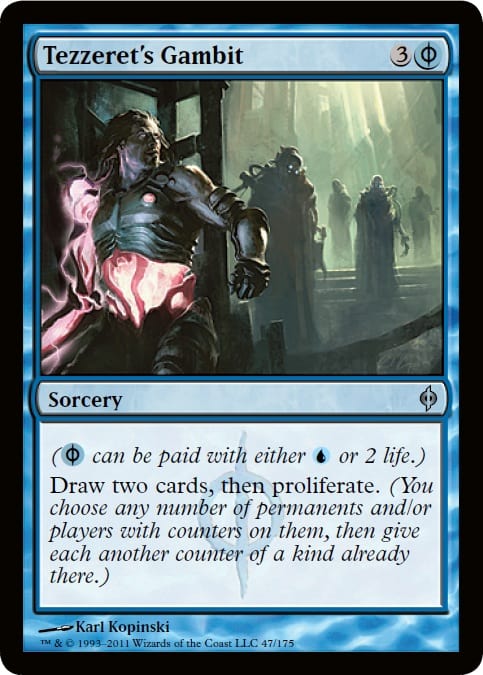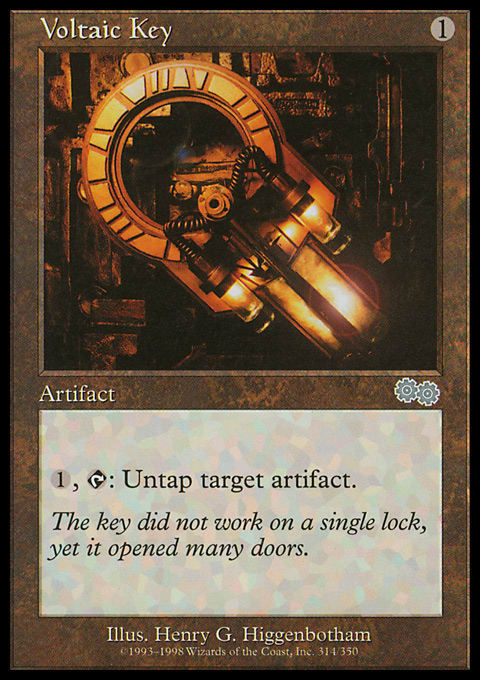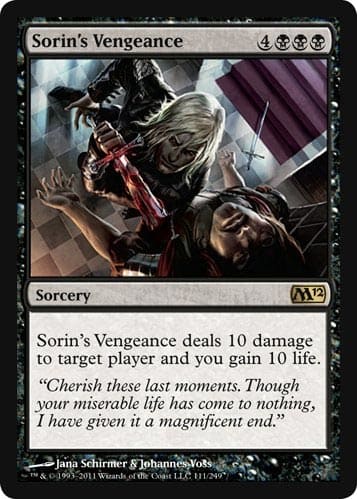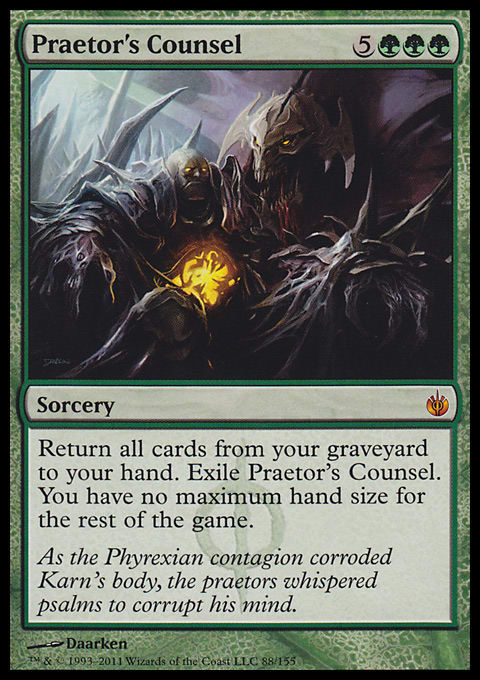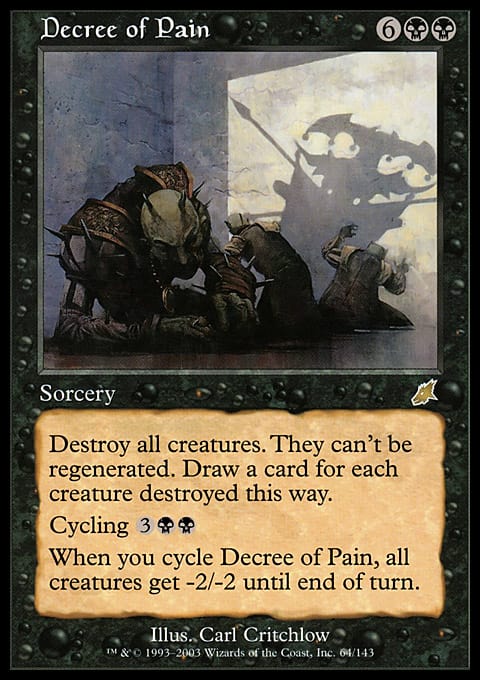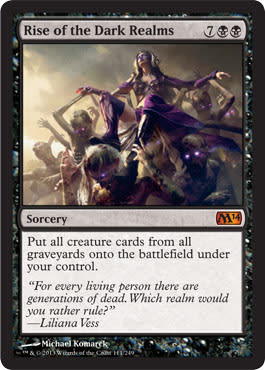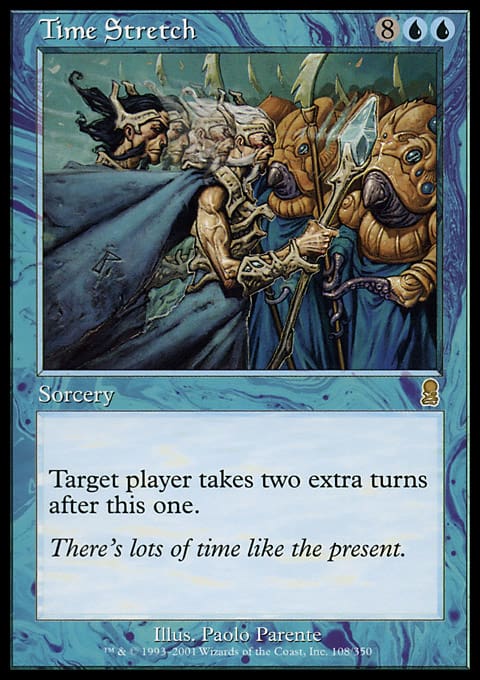In this experiment, we unlock the jar, expand our brain, and spread some massive sorcery.
Before we go into this week’s deck, however, I want to apologize for last week. Several readers noted that I had made a huge error in the assumptions of how my deck would function. I added a note clarifying this, and I modified the decklist to focus on Tezzeret the Seeker and his ultimate (which still works fine), but I also want to make sure anyone who read the article early is aware Clue tokens have no mana cost and thus become 0/0s under the effect of March of the Machines.
With that out of the way, how would you feel if I told you we could have a 2-mana artifact we could tap for 1 and cast any instant or sorcery from our hand?
Proliferating Lies
Okay, so I may have misled you a bit. We can have the artifact I described, but it’ll take a little bit of setup, and any instant or sorcery we cast actually has to have a mana cost that matches the counters our artifact will have.
So the general plan is to play Brain in a Jar, activate it enough to cast big spells, and then cast big spells. Bringing the counter count up high enough will require some finagling; otherwise, we’ll be spending too much time not doing much of anything except spending 1 mana per turn to incrementally raise the counter count high enough. We'd need to have a bunch of spells of every cost in our deck so we could benefit from the Brain’s effect—if we’re not benefiting from the effect regularly, we’ll have wasted a card and the 2 mana to cast it.
How much mana do we need to save to have the card carry its weight? How much earlier to we need to be able to cast big spells so that Brain in a Jar becomes better than Vessel of Volatility? We’ll be hoping to answer those questions by using the Brain to good potential.
There’s also the issue of having too many counters. We might cast an 8-mana spell for nothing but the artifact’s activation cost—and that’s great—but what if we have another 8-mana spell in our hand? The Brain has its own ability to remove counters, but that means taking a turn off from casting the spell, and the 3-mana investment is kind of high for what would essentially, in this case, be scry 1.
Counter Manipulation
Giant Fan — This card is pretty cool, and I wish there were more room to explore its potential—but alas, it’s silver-bordered, and no parallel card has yet hit black border (see The Cheese Stands Alone and Barren Glory). However, with its 4-mana cost, it still might not make much of an impact. I’m not including any Fans in today’s deck, but I figured it was worth mentioning in case you regularly play with silver-bordered cards (or your groups allows them).
Clockspinning — This is the closest analog to Giant Fan we have in black border. It does the trick, and it’s virtually a permanent if we’re willing to pay the buyback cost. But that makes each iteration cost 4 mana, which is pretty steep. Most counter-manipulation effects from Time Spiral block stuck to time counters, but Wizards of the Coast allowed this one through. I’m hoping for more effects like this one day!
Steady Progress — Of course, you had to see the proliferate coming. Proliferate, and draw a card—this one’s very straightforward.
Volt Charge — There aren’t a ton of proliferate spells to choose from. I don’t usually play much removal in my combo decks, preferring to divert the engines to combo. But protecting ourselves seems useful, and Volt Charge seems to be a strong option for the deck.
Spread the Sickness — See Volt Charge above. This one also costs 5 mana, which is key. We’ll cover why we really want a 5-mana proliferate spell shortly.
Tezzeret's Gambit — This costs 4 mana, at least in terms of its converted mana cost, which means it doesn’t fit the game plan we’ll cover regarding Brain in a Jar. But I really like it, and it’s really good, so I couldn’t cut all the copies I initially jotted down.
Voltaic Key — This doesn’t affect the counters on Brain in a Jar, except that activating it multiple times per turn means reaching the high counter counts sooner. Voltaic Key also means we can use the Brain’s own counter-removing ability and its spell-casting ability in the same turn.
Curving Out
So the premise of the deck is to reach high charge-counter counts on the Brain as quickly as possible. To do that, we’d like to follow something like the following:
Turn one: Voltaic Key
Turn two: Brain in a Jar
Turn three: Brain in a Jar to cast Clockspinning, raising the counters to 2; Voltaic Key to untap Brain in a Jar; Brain in a Jar to cast Steady Progress, raising the counters to 4
Turn four: Brain in a Jar to cast Spread the Sickness, raising the counters to 5; Voltaic Key to untap Brain in a Jar; Brain in a Jar to cast a 7-mana spell
To clarify, activating Brain in a Jar puts a counter on it and then lets us cast a 1-mana spell (Clockspinning). Clockspinning then puts a counter onto the Brain, leaving it at 2. When we activate it again, its counter count rises to 3, letting us cast Steady Progress, which then proliferates the count up to 4. Activating for Spread the Sickness brings us up to 6 so that the next activation means casting a 7-mana spell.
After that sequence, we’ll have spent a card on the Key, a card on the Brain, and a card on the Clockspinning, so we’re essentially down three cards. (None of those directly affected the board in the form of attacking, blocking, removal, or life totals.) Steady Progress (or Volt Charge) and Spread the Sickness should carry their own weight, but we’ll definitely need that synergy—and the ability to cast big spells—to pull us back into contention.
With that said, let’s take a look at our big spells.
Big Spells
Once our Brain reaches archbrain status, we’ll need to cast some big spells to make up for our otherwise weak (or useless) cards. We’ll want cards at various mana costs, but we don’t want to go too high, and we also don’t want too many uncastable spells in our deck—but we’ll also want plenty of big stuff to do to make the payoff worthwhile.
You might have a bunch of copies of your favorite big spells you want to run, but I decided to play a bunch of different spells at 7, 8, and 9 mana and one spell at 10.
Temporal Mastery — This gives us an extra turn (to cast another spell with the Brain), but it has the versatility of being a miracle, so if we draw it earlier in the game, we can ramp ourselves a bit, buying some time.
Sorin's Vengeance — This might not be the best, as it will take two copies (or some other source of 10 damage) to actually kill our opponent, but gaining 10 life can be useful, too. You may notice I erred on the side of including a lot of different, interesting, and powerful spells to cast.
Hunting Pack — If we can, say, cast a Clockspinning, a Brain-casted spell, and a Brain-casted Hunting Pack, perhaps at the end of our opponent’s turn after that player cast a spell, we could untap with four 4/4s. This may also not be the strongest, but it gives us an interesting mini-game when we have it in hand. And we’ll need win conditions, which this can provide.
Behold the Beyond — This may actually be the best 7 for the deck, so perhaps try playing four of this if the variety doesn’t appeal to you. Having one of these means finding the perfect three follow-up spells when going off. (May I suggest Army of the Damned, Rise of the Dark Realms, and Time Stretch?).
Praetor's Counsel — We’ll be running out of cards and also out of big effects if we can’t end the game quickly. The Counsel refuels our Clockspinnings and big, splashy effects for repeat performances.
Army of the Damned — I really love making thirteen 2/2 Zombies. And again, we need a win condition. There’s not much to say here except it’s awesome.
Decree of Pain — Sometimes, you just need to move some opposition out of the way—oh, and draw a bunch of cards.
Conflux — Go find all the big spells!
Rise of the Dark Realms — This might not be good outside of multiplayer, as many of the opponent’s creatures may have survived our few copies of Volt Charge and Spread the Sickness. But in a multiplayer game, a card like this or Insurrection may be required to sweep the table.
Crush of Wurms — This may not be the strongest, but it does cost 9 and provide win conditions: three 6/6s. We probably won’t be paying the flashback cost on this one, but I still like it. Consider Roar of the Wurm (the flashback cost of which we may actually pay) if you need more 7s.
Time Stretch — Finally, we have one 10-mana spell. Taking two extra turns means buying more time to stay alive and also having time to swing with the army of Zombies or Wurms or whatever we managed to make. I wasn’t sure about having a 10-mana spell since it means we’ll have to remove four to cast another 7-mana spell, but it is nice to be able to cast a sequence of spells uninterrupted by Clockspinnings or scry activations.
I’ll also discuss the lands a bit. Storage lands (Dreadship Reef), Vivid lands (Vivid Crag), and Tendo Ice Bridge all use counters we can potentially proliferate, but I may have ended up with a mess of a mana base in trying to go for synergy. I like the idea of proliferating up the storage lands to save for big spells, though, as an alternative to building up a Brain in a Jar.
Archbrain ? Casual | Andrew Wilson
- Spells (36)
- 1 Hunting Pack
- 4 Clockspinning
- 4 Steady Progress
- 4 Volt Charge
- 1 Army of the Damned
- 1 Behold the Beyond
- 1 Conflux
- 1 Crush of Wurms
- 1 Decree of Pain
- 1 Praetor's Counsel
- 1 Rise of the Dark Realms
- 1 Sorin's Vengeance
- 1 Temporal Mastery
- 1 Tezzeret's Gambit
- 1 Time Stretch
- 4 Spread the Sickness
- 4 Brain in a Jar
- 4 Voltaic Key
- Lands (24)
- 2 Fungal Reaches
- 2 Tendo Ice Bridge
- 2 Vivid Crag
- 2 Vivid Marsh
- 4 Dreadship Reef
- 4 Steam Vents
- 4 Vivid Creek
- 4 Watery Grave
So if you needed another deck for your Clockspinnings, if you like the idea of casting Decree of Pain into Rise of the Dark Realms on turn five, or if you just want to play with an Archbrain in a Jar, give this deck a try.
Andrew Wilson
fissionessence at hotmail dot com















